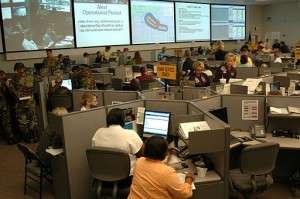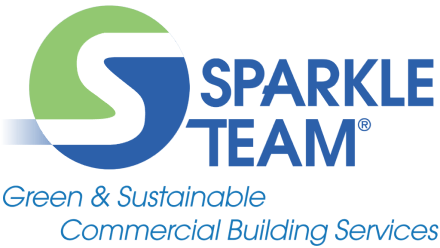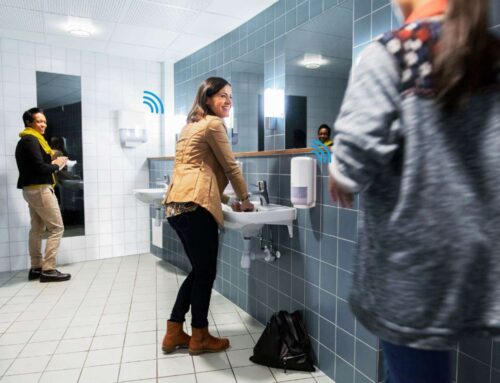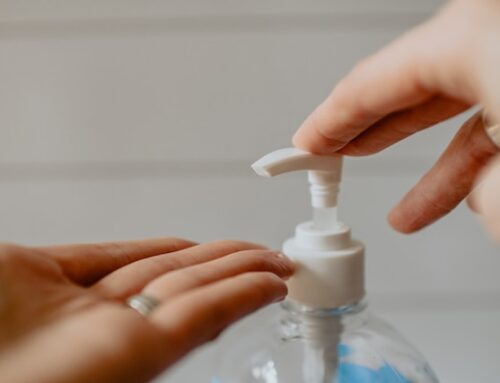The Numbers Behind Protecting Health
Sources and information are contributed by Dianna Steinbach, ISSA Director of Industry Outreach. Original article in June 2013 ISSA Today Magazine. For more information visit www.ISSA.com or contact Dianna at Dianna@ISSA.com, 1-800-225-4772.

Did you know that by cleaning offices efficiently it can reduce the probability of a cold infection by 80%?
Are you wondering how the health in your company is affecting your bottom line?
In this article written by Dianna Steinbach, we will discover ways to calculate the cost sick and unhealthy environments are affecting your bottom line.
One of the many benefits of a clean facility is the reduction of harmful contaminants in the indoor environment. A clean and hygienic facility gives building occupants a visual comfort level and reduces the potential risk associated with less-clean buildings. Although there are many studies that address improved indoor air quality and the risks associated with dust and bacteria on surfaces, few have demonstrated how health risks due to inadequate cleaning impact a building occupant’s personnel costs and, ultimately, the business’ bottom line.
Member studies shared in the recently release ISSA Value of Clean whitepaper, along with calculations that can be done via the Value of Clean Calculator, help make the monetary connection between cleaning and reduced spread illness.
To do so, you first must understand how to calculate your organization’s current annual absenteeism costs and how it relates to its current cleaning program. Then, you can calculate the annual cost of the recommended cleaning improvements and use third-party research to estimate the expected reduction in absenteeism. The Value of Clean Calculator will then make this connection between increased cleaning and increased absenteeism-related savings.
Calculating Absenteeism
Protecting health seems to be an intangible benefit until you start to define the financial impact of sick workers or occupants. For a school district, a 1% to 2% absenteeism rate among students can costs hundreds of  thousands of dollars in reimbursement funding.
thousands of dollars in reimbursement funding.
A study published in the Journal of Occupational Environmental Medicine reported that, based on a random sample of 28,902 United States workers, health-related lost productive time (LPT) costs employers US$225.8 billion per year, or $1,685 per employee per year.
That study calculated absenteeism as the sum of hours per week absent from work for health-related reason. Cost impact is estimated by multiplying lost productive time (absence hours plus hours lost from reduced performance) by the individual worker’s hourly labor cost. This is the recommended method of calculating the basic impact of absenteeism and its cost to the organization.
A 2008 survey conducted by Mercer/Marsh identified that, in addition to the payroll cost of the absent employee, organizations must hire temporary labor or offer overtime to cover the absent employee’s responsibilities and that the “hidden costs” should be factored into absenteeism calculations. To do so, multiply the additional hourly costs by the number of hours incurred and add this figure to the absent employee’s direct costs.
For a company utilizing a highly skilled workforce, it is harder to replace sick workers to maintain productivity rates. In this case, work output or results suffer, which could impact production time, sales results, and/or customer satisfaction.
Worker Productivity Impact
An even greater problem is “presenteeism”- when people come to work sick and are only partially productive. According to a 10-month survey of more than 25,000 individuals conducted by Advance PCS Center for Work and Health, off-task workers cost businesses an average of $250 billion a year or approximately $2,000 per worker annually! In addition, sick workers increase the likelihood of cross contamination. The Harvard Business Review documented this issue as one that companies increasingly face as they struggle to rein in health care costs.
Proper or increased cleaning can reduce these costs and lost productivity hours as well as minimize the number of people who get sick. In fact, a recent study of Kimberly-Clark Professional’s Wash. Wipe and Sanitize program, cited in the Value of Clean whitepaper, demonstrated that proper cleaning can reduce cross contamination. The study found that, after implementing the program, the probability of infection for common cold and influenza can be reduced by approximately 80% and can reduce the number of surfaces contaminated with viruses by 62%. Even more significant was the finding that implementing the program can reduce absenteeism by as much as 46%.
You also can turn to health care reports cited in the Value of Clean white paper and other publications to find statistical support for proper cleaning and its tie between health and financial benefit.
The adoption of best cleaning practices averted approximately 85 cases of HA-CDI annually at New York University’s Langone Medical Center, resulting in an estimated annual savings of $413,000 in direct hospital costs, according to a controlled study conducted by the Center’s Dr. Michael Phillips to measure the effect 3M’s Clean-Trace Hygiene Management System.
When you combine results such as this, with the results of time-lapse studies that show how quickly common surfaces can become repopulated with contaminates you have a strong story to tell facility decision-makers regarding the importance of proper cleaning frequencies. For instance, the American Journal of Control reported one study which showed that within three hours after wiping handrails on hospital beds, the level of bacteria returned that of prior to cleaning.
The frequencies of where you clean also have greater impact on reducing cross-contamination. The University of Arizona compared cleanliness of elevator buttons and toilet seats, finding elevators had 40% more contamination from bacteria than toilets.
For more information about the author, Dianna Steinbach, please contact Dianna at Dianna@ISSA.com, 1-800-225-4772 or visit www.ISSA.com
Was this article helpful?
How important is cleaning for health to you and your building?




